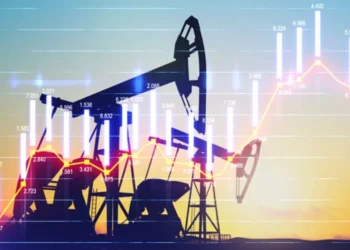Rising demand for electricity in 2021 has created strains in major markets, pushing prices to unprecedented levels, and driving power sector’s emissions across the world, but without tackling this faster, it could result in additional volatility and continued high emissions in the next three years, according to the International Energy Agency (IEA).
It is an undeniable fact that “electricity is central to modern life” and “clean energy is pivotal to energy transitions” but rising demand in the next three years would reverse any improvements made, thus, there is need for faster structural changes to be made.
A report released by the IEA today, January 14, 2022, underscored that the 6% rise in global electricity demand last year which was driven by the rebound in economic activity, and more extreme weather conditions, including a colder than average winter was the highest in percentage terms since 2010. In absolute terms, last year’s increase of over 1 500 terawatt-hours was the largest ever, IEA said.
“Sharp spikes in electricity prices in recent times have been causing hardship for many households and businesses around the world and risk becoming a driver of social and political tensions.
“Policy makers should be taking action now to soften the impacts on the most vulnerable and to address the underlying causes. Higher investment in low-carbon energy technologies including renewables, energy efficiency and nuclear power– alongside an expansion of robust and smart electricity grids– can help us get out of today’s difficulties.”
Dr Fatih Birol, IEA
The IEA’s price index for major wholesale electricity markets almost doubled compared with 2020 and was up 64% from the 2016-2020 average.
In Europe, average wholesale electricity prices in the fourth quarter of 2021 were more than four times their 2015-2020 average. Besides in Europe, there were also sharp price increases in Japan and India, while they were more moderate in the United States where gas supplies were less perturbed.
Electricity produced from renewable sources grew by 6% in 2021, but it was not enough to keep up with galloping demand. Coal-fired generation grew by 9%, serving more than half of the increase in demand and reaching a new all-time peak as high natural gas prices led to gas-to-coal switching.
Gas-fired generation grew by 2%, while nuclear increased by 3.5%, almost reaching its 2019 levels. In total, carbon dioxide (CO2) emissions from power generation rose by 7%, also reaching a record high, after having declined the two previous years.
“Emissions from electricity need to decline by 55% by 2030 to meet our Net Zero Emissions by 2050 Scenario, but in the absence of major policy action from governments, those emissions are set to remain around the same level for the next three years.
“Not only does this highlight how far off track we currently are from a pathway to net zero emissions by 2050, but it also underscores the massive changes needed for the electricity sector to fulfil its critical role in decarbonising the broader energy system.”
Dr Fatih Birol, IEA
IEA said that for 2022-2024, electricity demand will grow by 2.7% a year on average, although the COVID-19 pandemic and high energy prices adds uncertainties to the outlook.
On the other hand, renewables are set to grow by 8% per year on average, serving more than 90% of net demand growth during the period.
Following a slowdown in electricity demand growth and significant additions to renewables, fossil fuel-based generation is expected to stagnate in the coming years, IEA said.
However, current market conditions indicate that phase outs of coal-fired generation in the US and Europe are being netted out by growth in China and India.
READ ALSO: Fresh taxes, Increase in Tax Rates Not Essential For Revenue Mobilization- ISSER




















